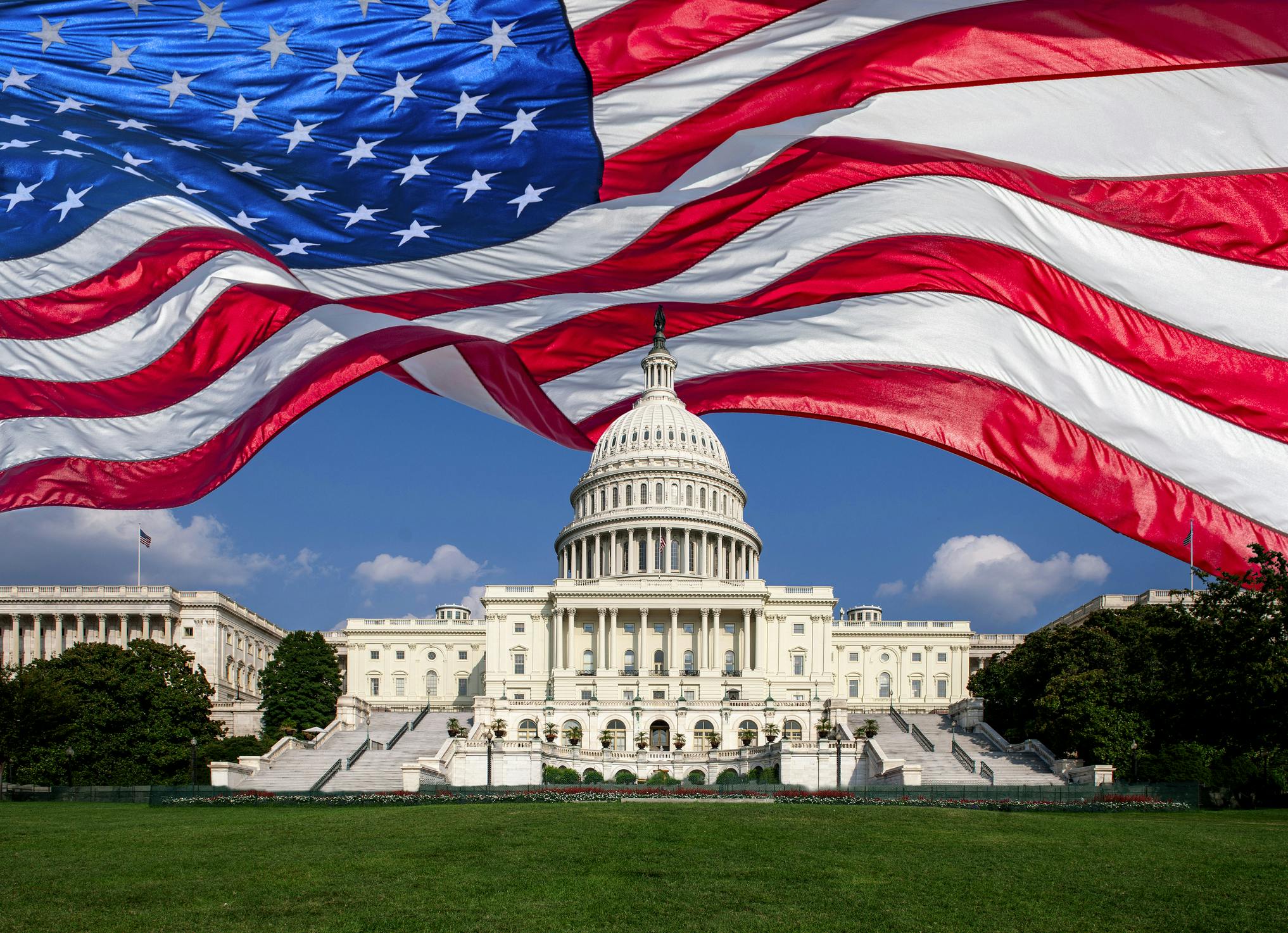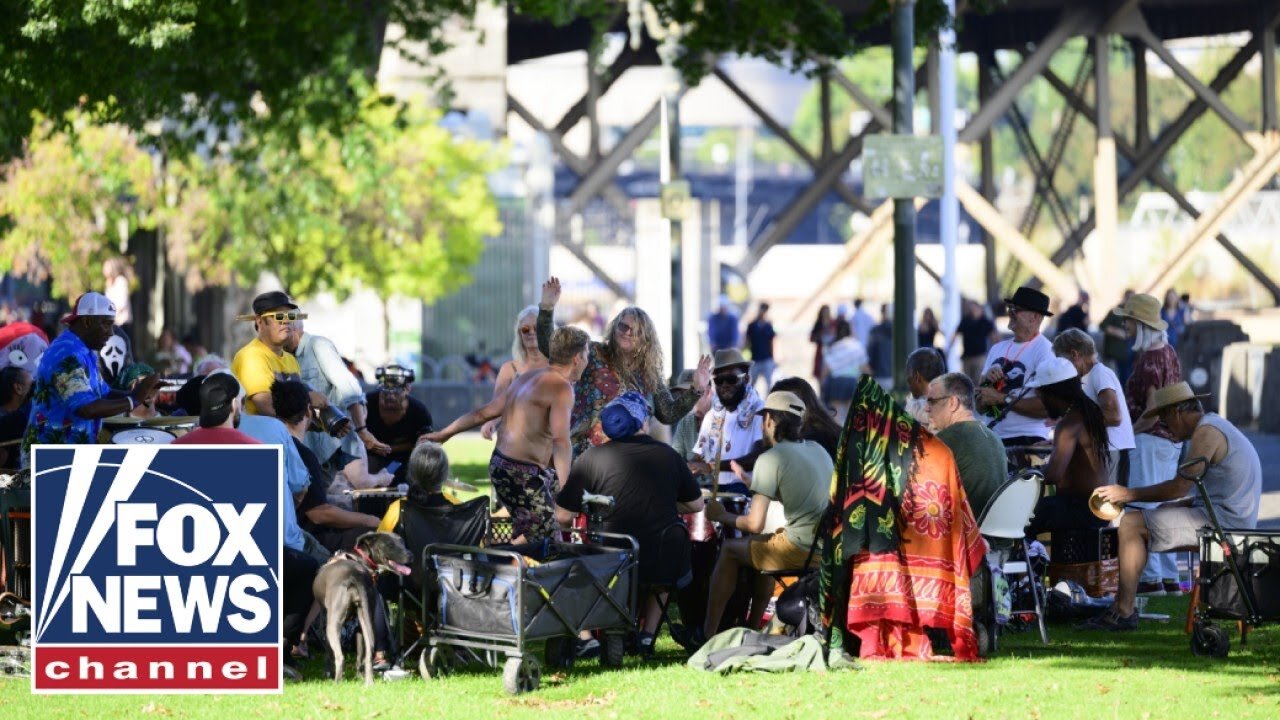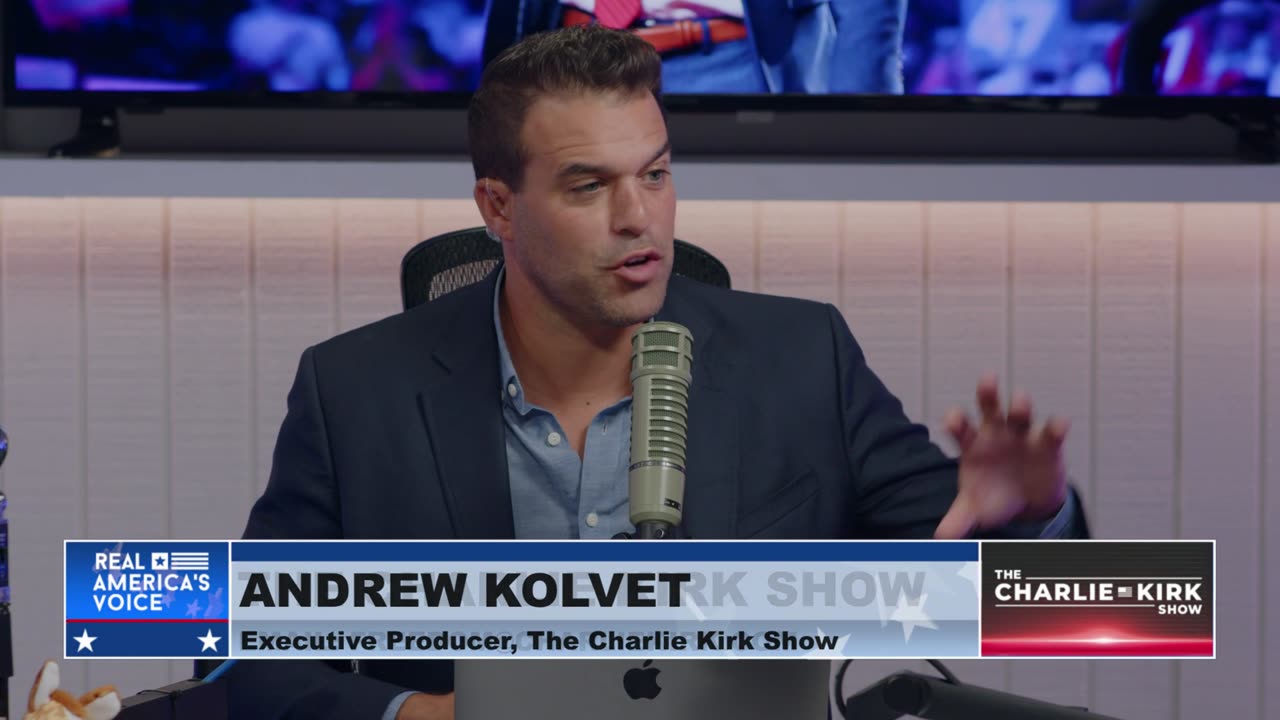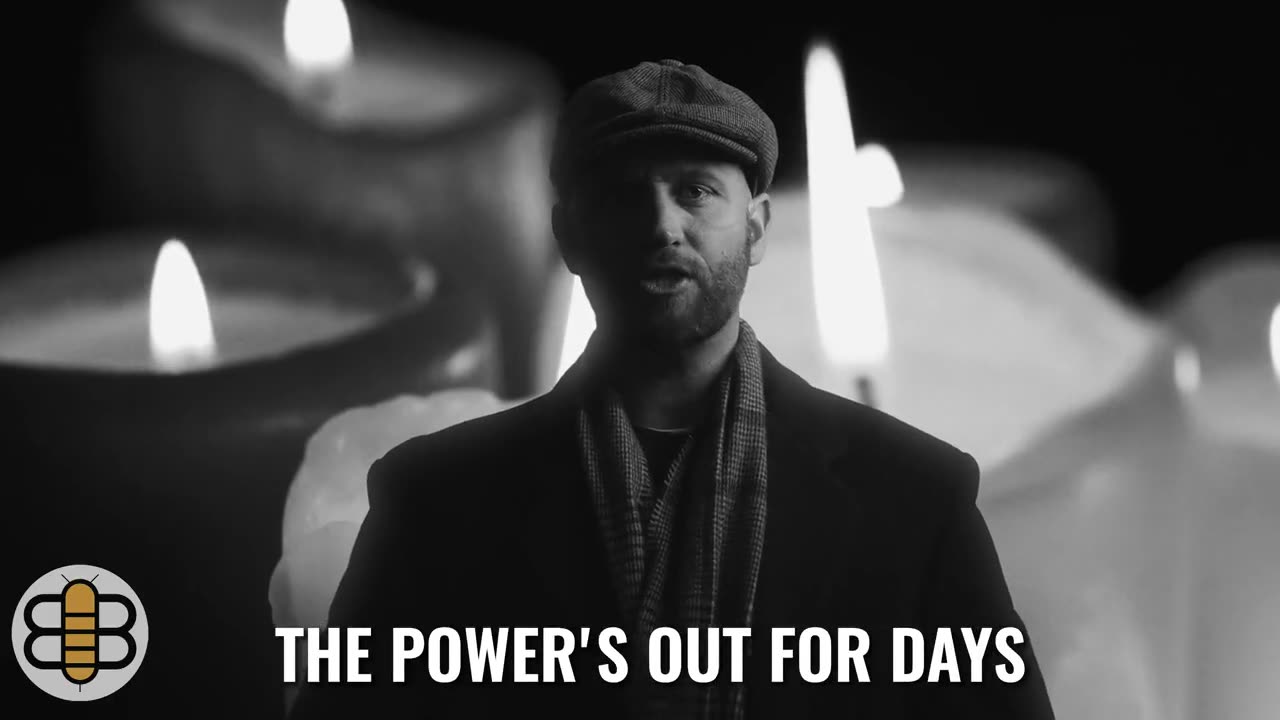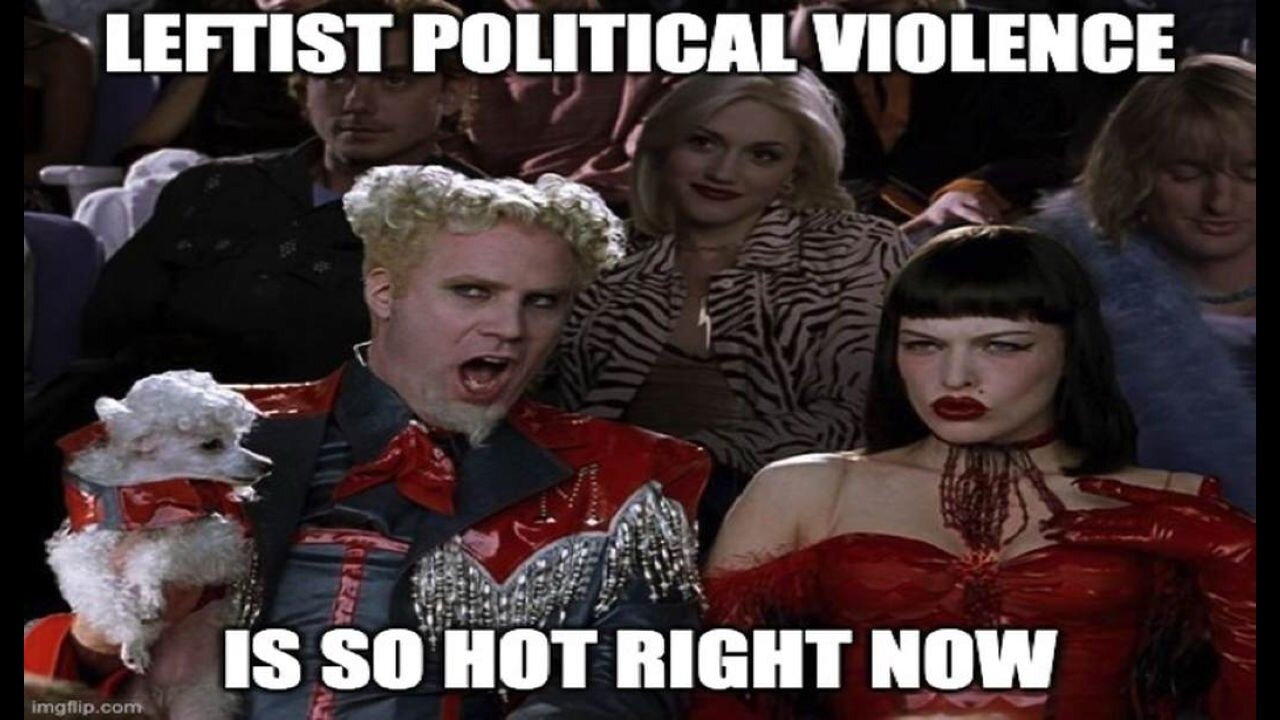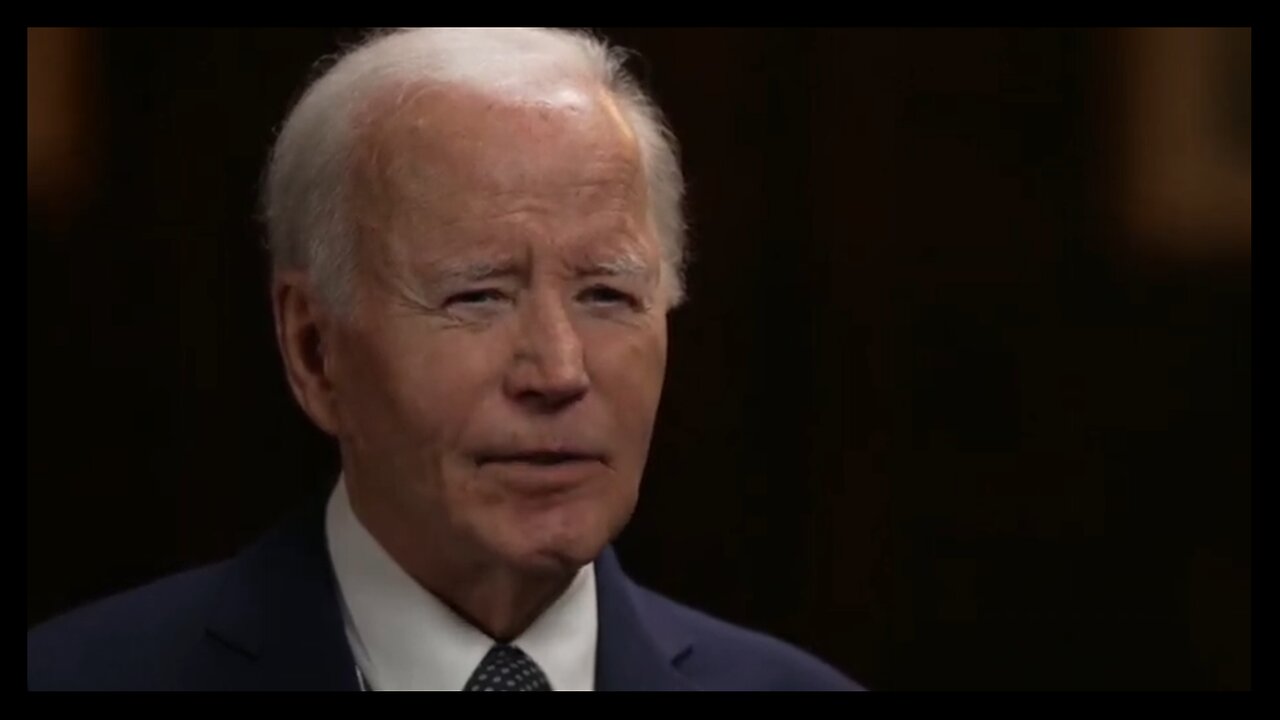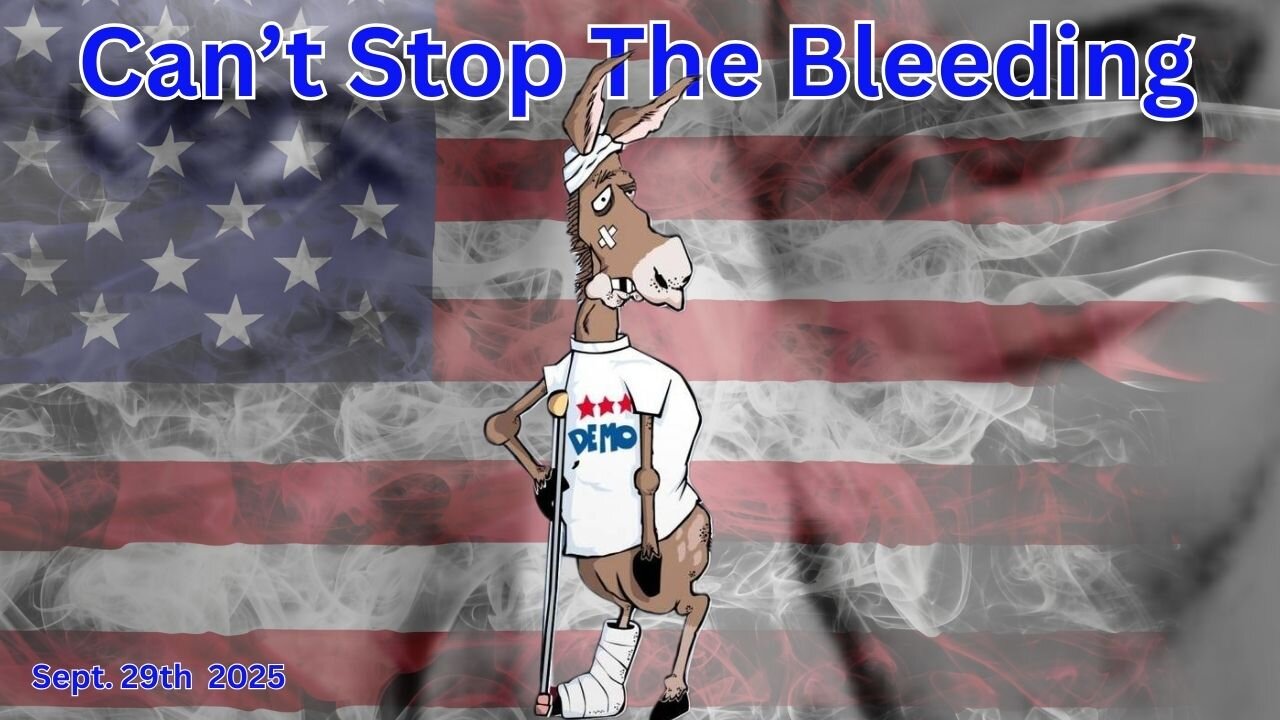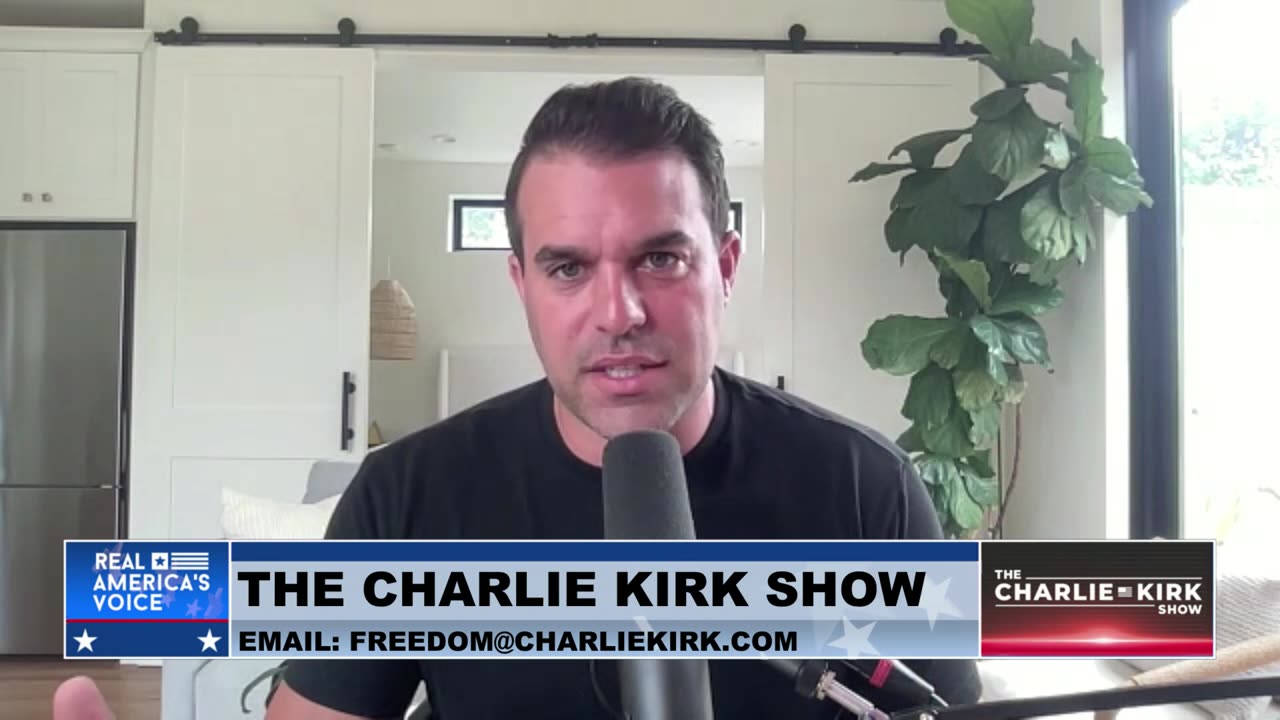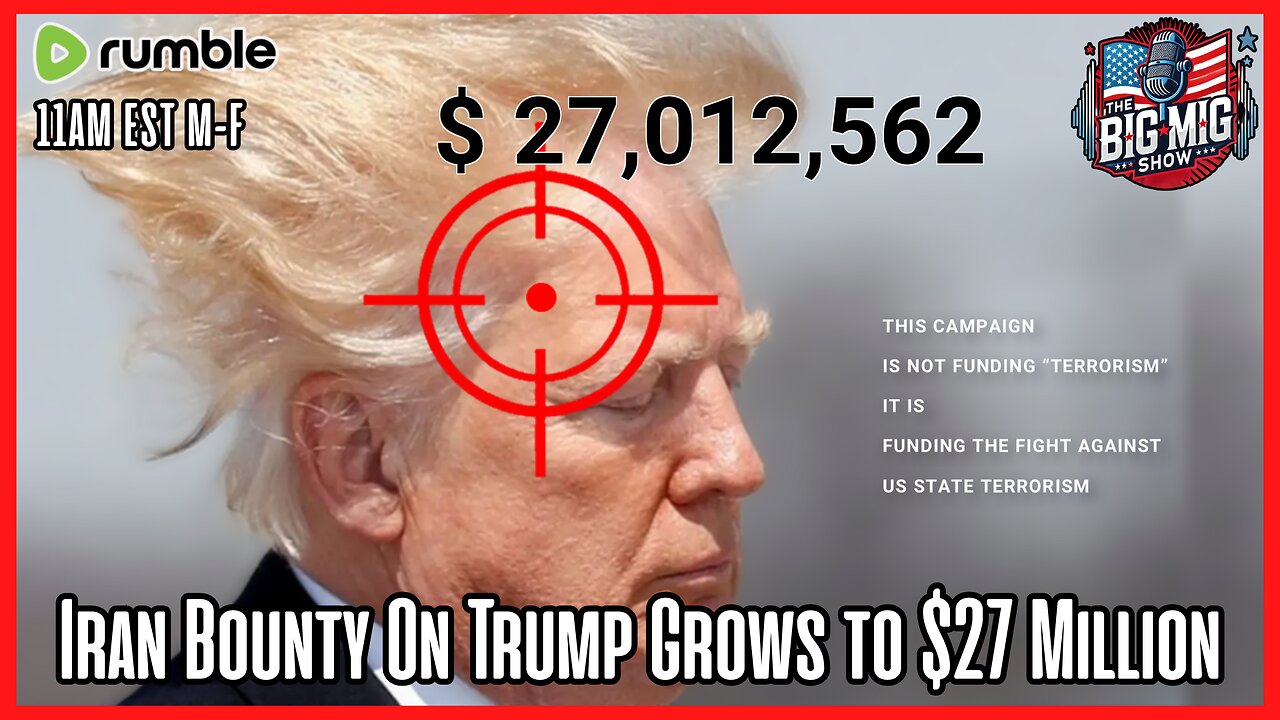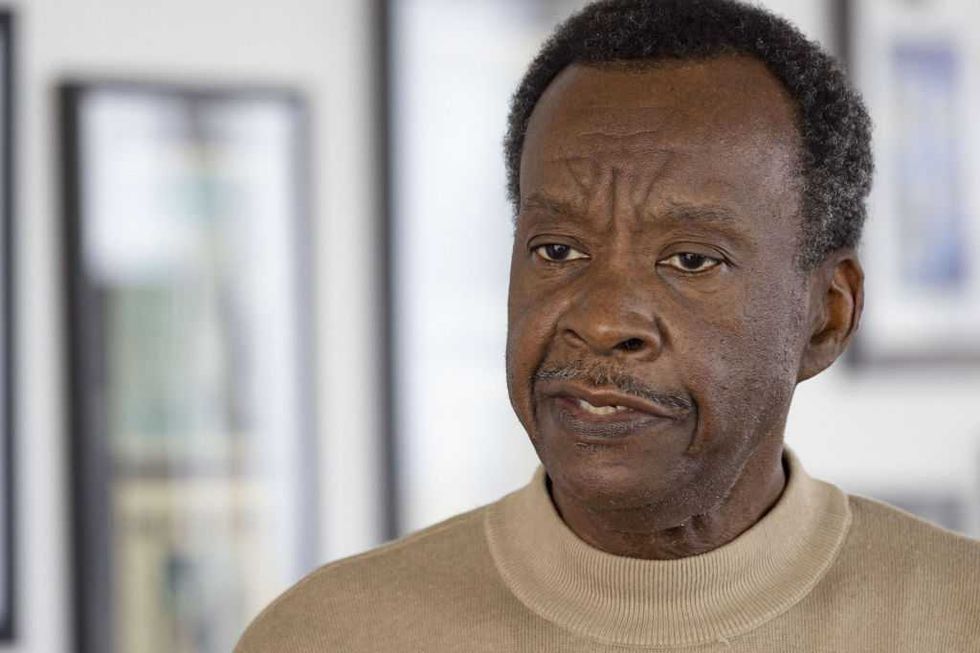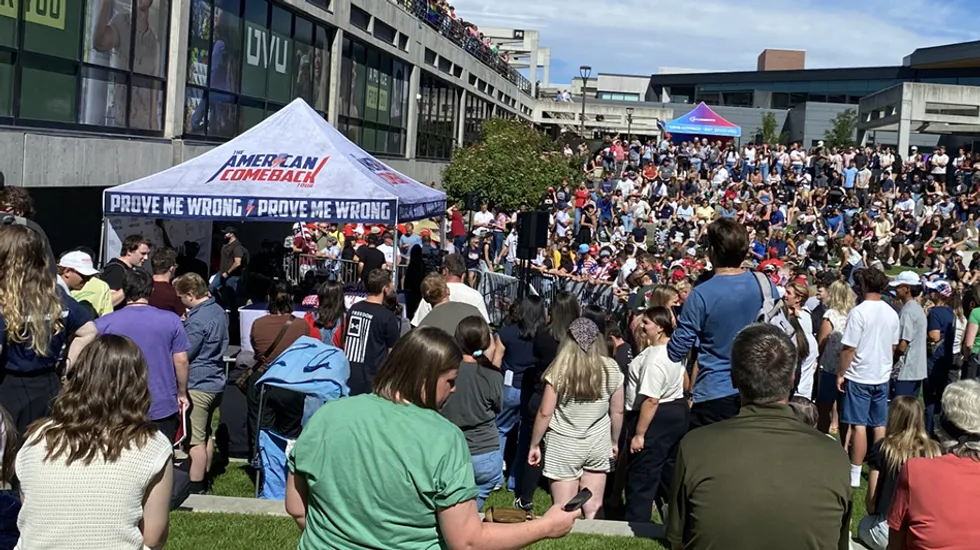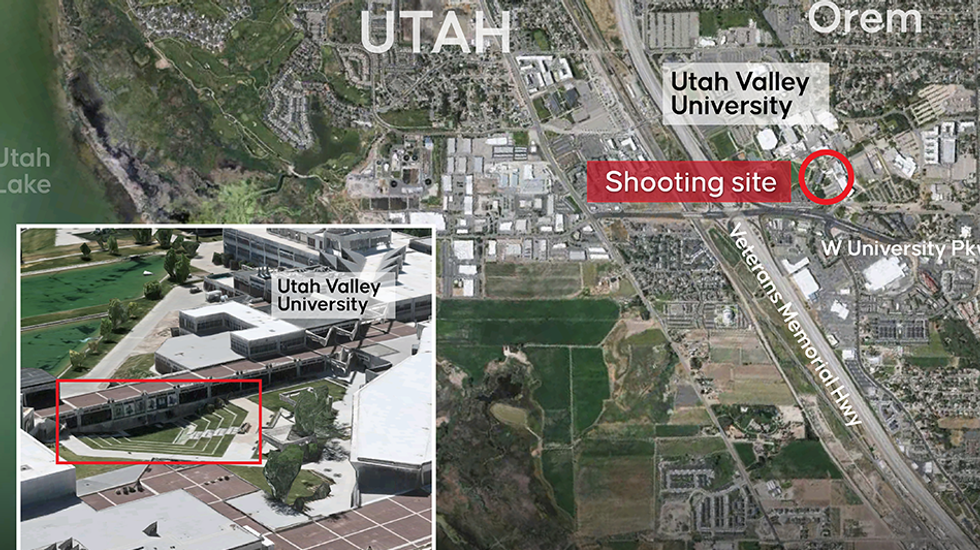Editor’s note: This is the first installment of a six-part series by pollster Brent Buchanan on the politics of the American South. The Daily Wire has had the pleasure of working closely with Buchanan and Cygnal, which has proven election cycle after cycle to be one of the most accurate pollsters in the country. Originally hailing from Montgomery, Alabama, there is no pollster more qualified to dig in to the topic than Buchanan.
We hope you enjoy.
—
It’s no secret the United States has undergone a massive political realignment.
Today, American political parties and their platforms are almost unrecognizable from the post-9/11 era. As observers and measurers of the electorate and political landscape, we can safely say that, while this realignment has impacted the entire country, no other region has seen the type of realignment — and no other region will be more consequential to the future balance of power — than the American South.
Understanding just how consequential the South is to our politics, Cygnal put together a six-part series exclusively for The Daily Wire showcasing our analysis on the complexity of Southern politics and their potentially major impact on the future of America.
We aggregated a litany of demographic variables, survey responses, and trends — such as education, income, gender, age, and partisan trends — and found it is not the monolithic voting bloc it’s often portrayed as. Instead, the South is a dynamic and diverse region reflective of the national realignment where political trends are transcending state lines and challenging the conventional wisdom on how to win elections.
“To truly understand and keep pace with our politics, pollsters have to move beyond just traditional statewide analyses and embrace larger-scale endeavors to identify unique voting patterns and develop deeper insights into what it will take to win,” said Nicholas Valdiviez, Cygnal Sampling Lead.
Valdiviez divided the South into 10 distinct regions, complete with distinct nomenclature, reflective of the shared cultural, demographic, and socioeconomic factors that drive voter behavior.
Each region — such as Dixieland, which spans parts of Georgia, Alabama, and Florida, or the Sweet Tea Suburbs, which include suburban areas across multiple states — has its own distinct political identity. For example, Dixieland has remained a deeply conservative stronghold, while the Sweet Tea Suburbs have trended Democratic in recent years. Other regions, like Texas’ Big Sky South, resemble neighboring Oklahoma and Arkansas more than their surrounding Texas communities, highlighting how state lines often fail to reflect the true dynamics at play.
This regional breakdown allows us to identify nuanced trends, such as the growing Republican margins in rural areas or the inelasticity of suburban shifts. By focusing on these regions instead of relying solely on state-level data, we get a much better picture of the South as a region on the rise to dominance in American politics.
For this first installment of the series, we’ll drill down on two regions we’ve dubbed Dixieland and the Sweet Tea Suburbs.
Dixieland
Dixieland is a conservative stronghold spanning swaths of Georgia, Alabama, Florida, the Carolinas, and parts of Louisiana and Mississippi where Republicans’ margins grew steadily. This is a region deeply rooted in a shared cultural tradition that predates its modern political identity. Historically, its agrarian roots fostered strong social hierarchies and communal networks, which today manifest in robust Republican support.
Even though Dixieland has been a consistent and growing part of the Republican coalition, the Sweet Tea Suburbs, which make up sprawling metro areas like Atlanta, have moved Georgia from an electoral afterthought to a consistent battleground making the possibility of unseating embattled Democrat Senator Jon Ossoff a possibility.
Dixieland isn’t just confined to what we would consider the “Deep South,” but extends to Florida’s northern panhandle, falling much more in line with the broader shifts seen in Dixieland as a whole, moving from R+35 in 2012 to R+45 in 2016. This group highlights the larger narrative that state lines are a poor proxy for underlying voter sentiments. It serves as a prime example of how these groups behave differently from their statewide trends.
This is evidenced by the recent special elections to fill seats vacated by President Donald Trump’s cabinet nominees. Jimmy Patronis’ victory in the Sunshine State’s first district demonstrates Dixieland’s consistency making it one of the least volatile regions electorally. In the state’s sixth district, which includes both Dixieland and “Republican Resettlers,” Randy Fine’s margins were lower than Trump’s, but the race was still a blowout, and not the nail-biter Democrats hoped it would be.
Sweet Tea Suburbs
But where Republicans have far-reaching geographic strongholds, Democrats have fortified the Sweet Tea Suburbs. Their inelasticity reflects their unique dynamics and poses a challenge for Republicans. The pre-Trump margins in Georgia’s Sweet Tea Suburbs were D+3 and grew to D+13 by 2024. Atlanta suburbs like Henry and Rockdale counties drove much of this shift with gains of nearly 9 points and over 6 points for Democrats respectively.
Moreover, six out of seven Democratic House pickups in 2024 came in predominantly suburban districts. The Democratic advantage in suburbs has allowed the Republican majority to remain slim, and this dynamic will be key to the 2026 midterms.
On the surface, this looks like the normal urban/suburban versus rural divide with an accelerated concentration of party-line voters. While it’s true that we tabulate votes within state lines, the difference between winning and losing is always how the message resonates emotionally and getting voters to turn out. Just as the issues that matter most to voters transcend state lines, so must the message.
“The adage, all politics is local, still reins true — we’re just redefining what local means to the political landscape,” says Valdiviez. “Americans still understand our history in the post-Civil War regional context of North, South, and the West. Largely these regions have developed accordingly in their political constructs making the South as a whole, incredibly consequential.”
If Republicans are to build on the Trump era momentum, the South is crucial. They must leverage the stability throughout Dixieland to build a juggernaut turnout machine while mitigating further losses in the Sweet Tea Suburbs. This sounds simple, but continued population gains can still create conditions for liberals like Ossoff to hold on. When every seat counts in Congress, Republicans must invest in targeted outreach efforts, particularly in suburban areas, and develop messaging that resonates with both traditional conservatives and
ticked-off, young, diverse, working-class voters.
Examining sprawling Dixieland, which surrounds the Sweet Tea Suburbs across southern states, sets the stage for more positive developments for Republicans — with a few cautionary threads too.
COMING UP NEXT: In part two of this series, our analysis goes deeper by examining the overlays of minority voters in the South and how their role in the political landscape is probably not what you’re expecting.

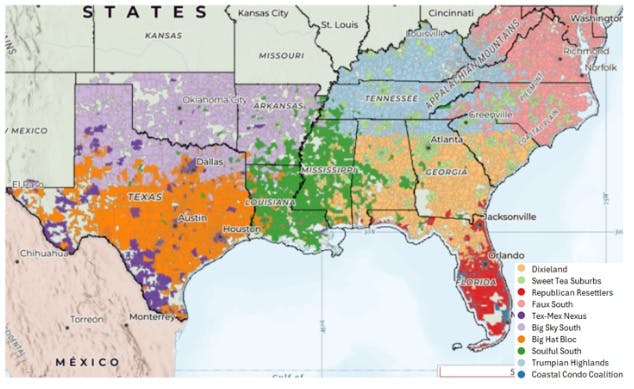
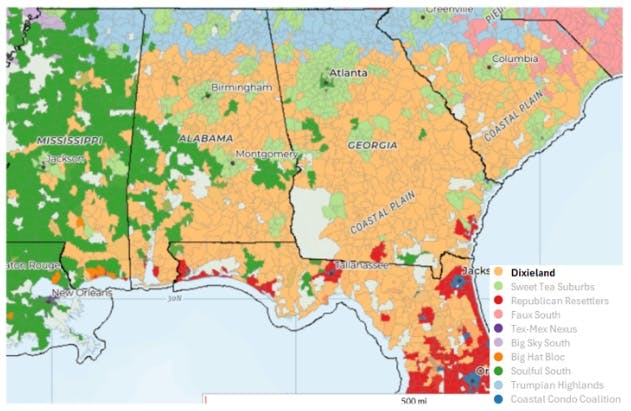
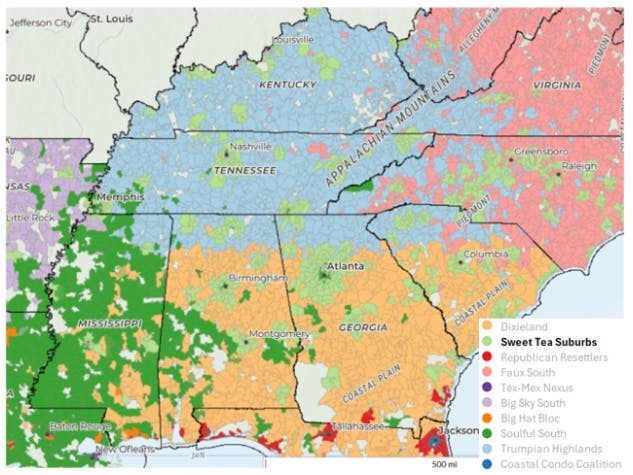
 Like
0
Like
0
 Dislike
0
Dislike
0
 Love
0
Love
0
 Funny
0
Funny
0
 Angry
0
Angry
0
 Sad
0
Sad
0
 Wow
0
Wow
0
